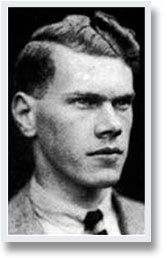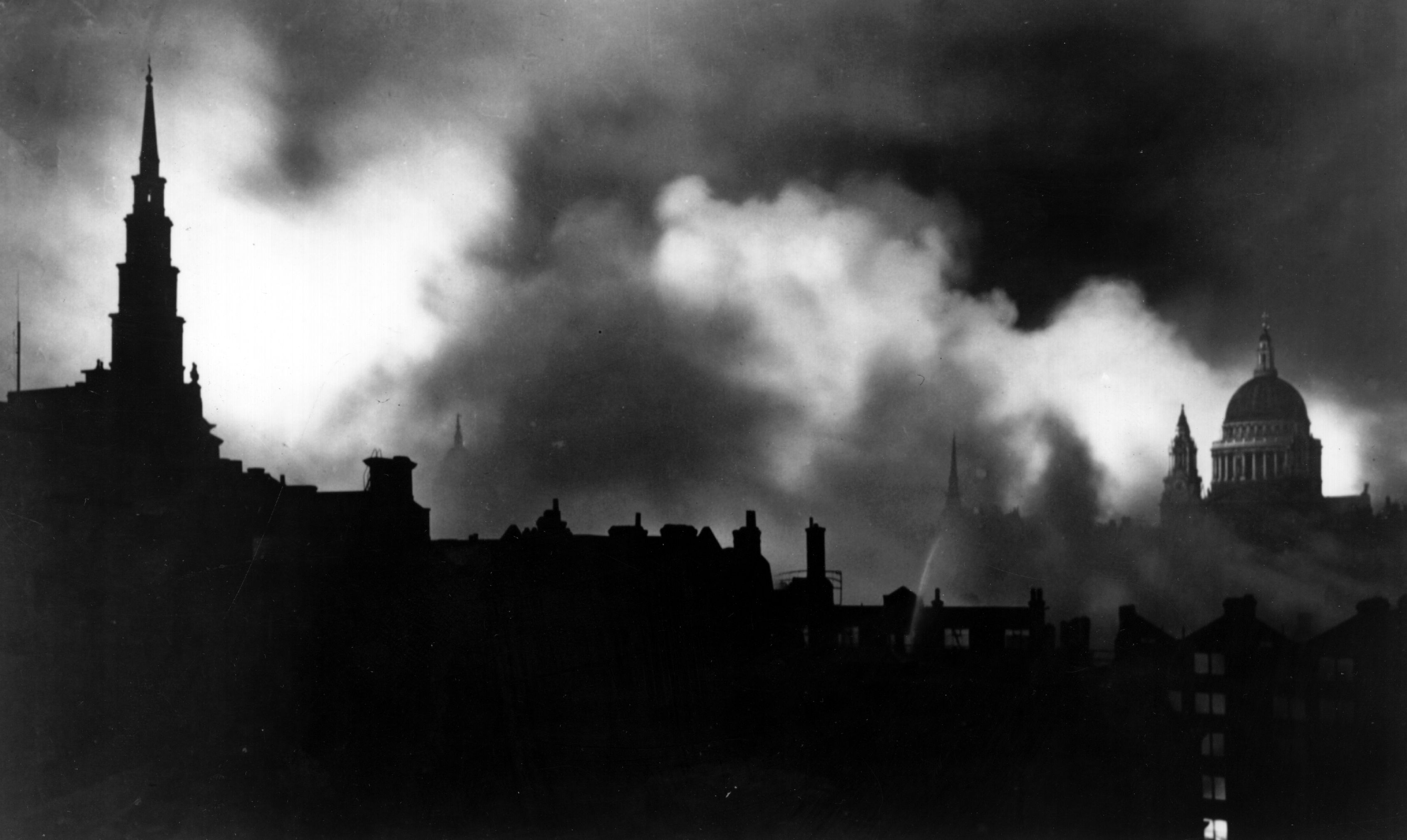Like many a scientist on the eve of World War II, R. V. Jones wondered if he had made a terrible blunder by offering his brains rather than his brawn to his country. For every Ph.D. lucky enough to be assigned a truly war winning task—deciphering the German Enigma code, building the atomic bomb—there were hundreds doomed to tedious rote work behind a desk.

In the spring of 1939, Jones, just out of Oxford, found himself “exiled” (his word) to a dead-end job at a British navy lab. He had so much time on his hands that he spent hours teaching himself to blow glass and hours more concocting elaborate practical jokes. In one boastful moment he mused to a rival jokester that it ought to be possible to induce a victim to place a telephone into a bucket of water. Challenged to make good on it, Jones at once phoned a friend and, masquerading as a telephone repairman, put his victim through a series of ever-so gradually more absurd “tests” he claimed were necessary to diagnose a fault in the line. Finally he explained that for one last test it was necessary to establish a good electrical ground with the handset. “Have you got such a thing as a bucket of water, sir?” he innocently asked.
But with the certainty of war approaching that spring, Jones received a call that changed his life, and arguably Britain’s very battle for survival. The job the British government had in mind for him was to find out what the Germans were doing to apply science to warfare, a subject that had been given little attention.
Jones leapt at the offer at once. “A man in that position could lose the war!”he ex claimed.“I’ll take it!”
Far from losing the war, Jones went from triumph to triumph. He proved the existence of the German V-2 rocket program at a time when many other experts dismissed it as a fake. He led a successful effort to jam German radars by dropping bales of metal strips. But his tour de force was deducing how German bombers were able to find British cities at night.
The Luftwaffe was using a secret system of radio transmitters on the coast of France to guide its planes. Two barely overlapping beacons sent alternating signals of dashes and dots; when pilots flew right down the centerline, the two signals merged into a single tone.
Jones began following a gossamer trail of clues. A scrap of paper from a crashed German bomber referred to a radio beacon called “Knickebein.” A decoded German radio message referred to Knickebein, too, along with a longitude and latitude that corresponded to a point over England. Two German prisoners rescued from another crash were interrogated about Knickebein and revealed nothing but, when left to themselves, were overheard saying that no matter how hard the English searched the wrecked plane, they would never find it.
Jones realized that the only piece of equipment in the plane that might work for navigation was a standard receiver used for blind landings. Jones asked the engineer who had examined the plane if there was anything odd about the device. “No,” he replied.“But now that you mention it, it is much more sensitive than they ever would need for blind landing.”
In late June 1940, Churchill, desperate to counter the German night raids, summoned a meeting on air defense policy. Jones’s proclivity for practical jokes almost caused him to miss it: arriving at work, he found a message on his desk asking if he would please go see the prime minister at 10 Downing Street. Jones drew the obvious conclusion that this was retaliation by his officemates for one of his own earlier jokes. When he at last discovered it was real, he jumped in a taxi, arriving twenty-five minutes late. A senior Air Ministry official was heaping scorn on Jones’s ideas as he entered.
But when Churchill called on Jones to explain a technical detail, Jones seized his chance. “Would it help, sir, if I told you the story right from the start?” he brashly asked. The twenty-eight-year-old physicist then held forth for twenty minutes describing his chain of circumstantial evidence about the beams. Churchill, who loved both detective stories and gad getry, was sold. Within months, British scientists were using radio jammers that more than half the time tricked German aircrews into unloading their bombs over empty fields instead of target cities.
If Jones never achieved the public fame he deserved for turning the tide during Britain’s lonely struggle during the Blitz, the prime minister never forgot him: to Churchill, Jones was ever after “the man who broke the bloody beam.”
Originally published in the July/August 2007 issue of World War II Magazine. To subscribe, click here.





